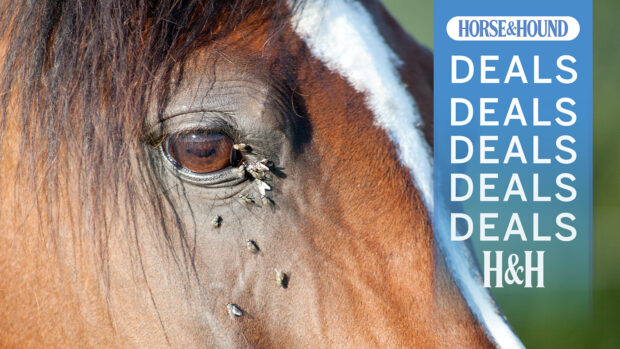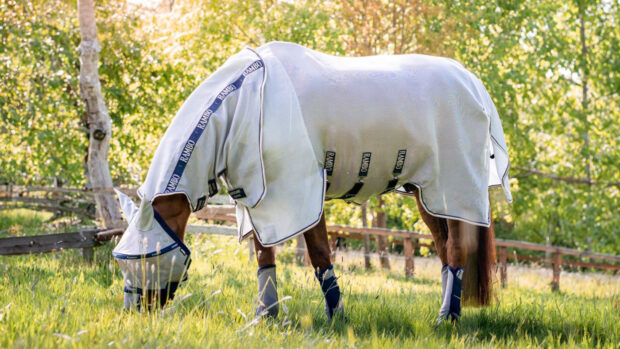It always seems that an unwanted lump or bump appears on your horse at the least convenient moment, usually when an important competition or a holiday is imminent.
Vital clues to determine how serious the problem is, and what treatment should be taken include where the swelling is, how hot/tender it is and how ill the horse appears.
Fly bites
This year there are some really nasty flies about, and a bite can result in lumps measuring up to 6cm long or more. Fly bites are oval and “volcano” shaped and close inspection will reveal a hard centre and softer outer edge.
The horse usually shows no other symptoms, but the bite may be sore, hot or irritated. Cold hosing, or a cold compress for up to 10min at a time, may bring some relief, and it is also worth considering a topical application of calamine.
Care should be taken not to allow the horse to rub the bite, which could lead to infection, and he should not be worked if the bite is in the saddle area.
In this instance, prevention is preferable to cure. Always use a good-quality fly repellent and effective fly rugs to reduce the incidence of bites.
Abscess
In general, abscesses are rounder in shape and harder than a fly bite. While they are starting to form, they are deep-seated and not always very painful, but become hot and tender as they ripen.
Invasion by a foreign body such as a thorn is a common cause of abscesses, although it can sometimes be caused by an infected injection site, or a reaction to the injection itself.
The cause of an abscess should always be determined before taking any action and discussion with your vet is always recommended, as infectious diseases are a possibility. If practical, poulticing may encourage the abscess to ripen and burst, helping to draw any foreign body to the surface.
Vet Karen Coumbe of the Bell Equine Veterinary Clinic advises: “Once an abscess has burst, it’s important to keep it open to allow any discharges to drain. Bathe it daily with a mild antiseptic solution until the whole swelling has subsided, so that natural healing can progress from within. If the discharge persists or increases after a few days, have it rechecked by your vet.”
| Don’t miss this week’s Accident & Emergency feature in Horse & Hound (21 August), which focuses on how to cope with injuries to human eyes. Click here to subscribe and enjoy Horse & Hound delivered to your door every week, plus save up to 30%. |



